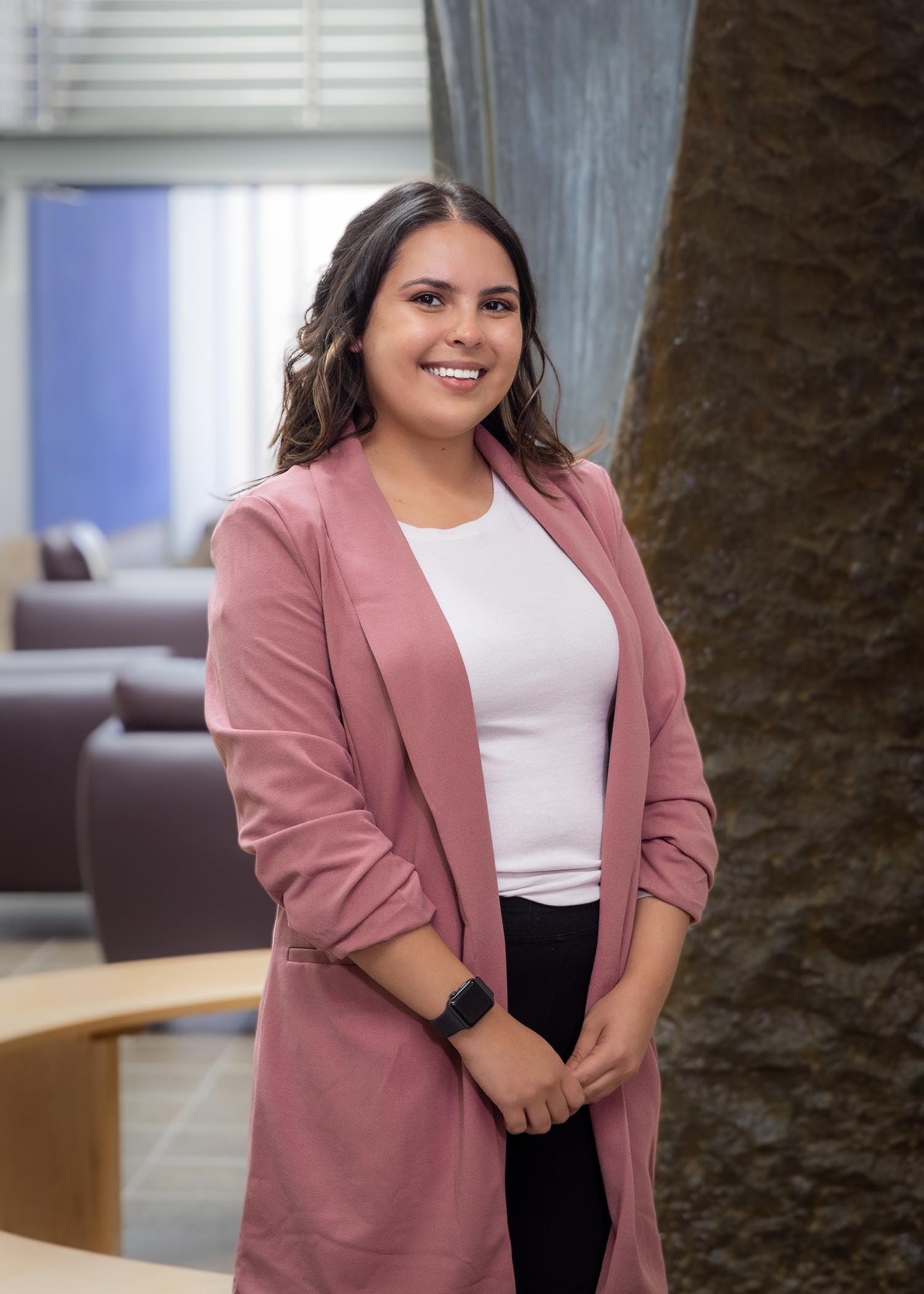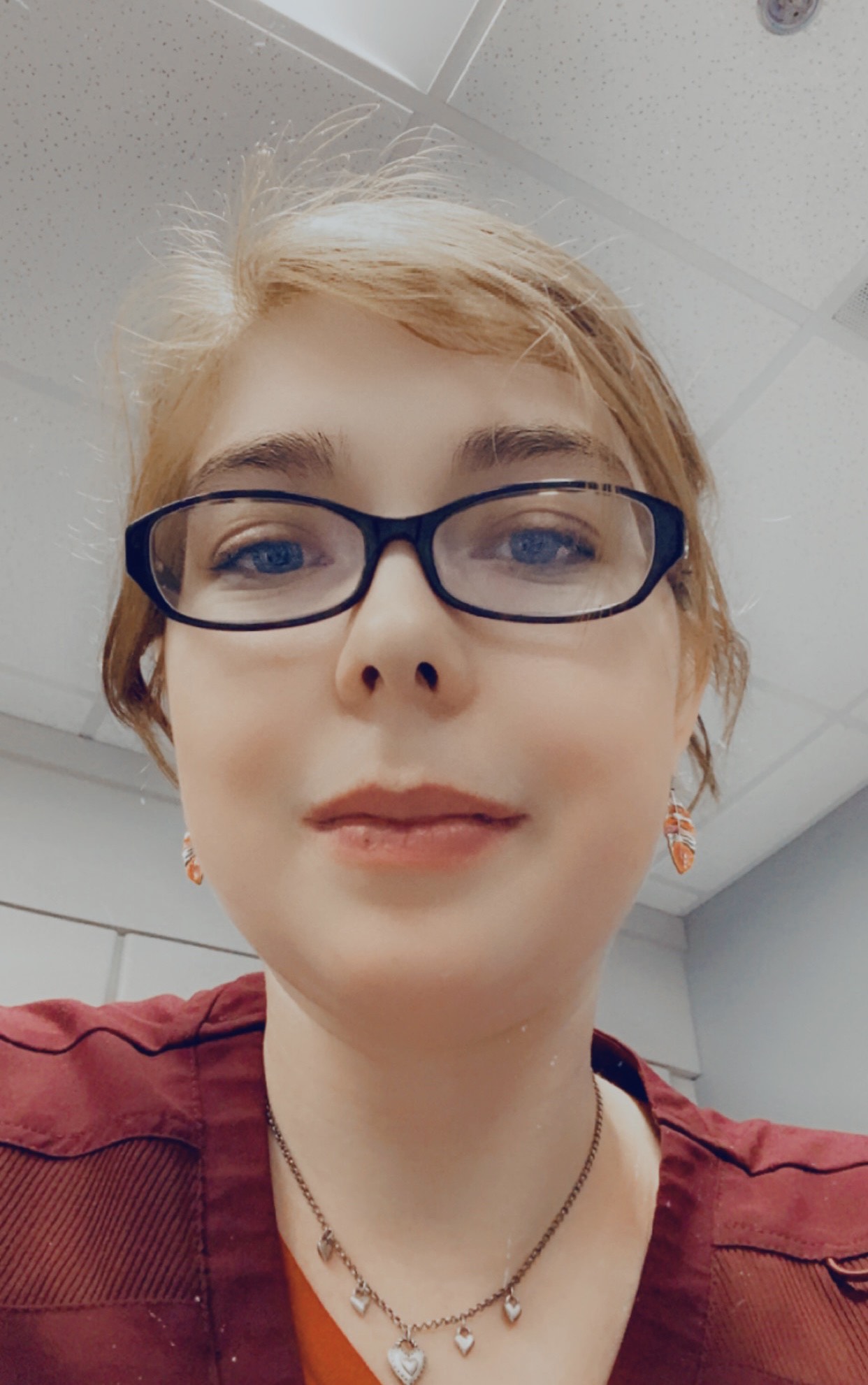Medical laboratory scientists are like the detectives of the health care world.
These highly skilled professionals discover the presence or absence of disease and provide data that helps clinicians determine a treatment plan for the patient.
As members of what is sometimes called a “hidden profession,” they do their investigative work behind the scenes. Instead of working face-to-face with patients, they perform diagnostic testing in hospitals, medical and diagnostic laboratories and doctors’ offices.
Using sophisticated biomedical instrumentation and technology, as well as highly skilled manual techniques, medical laboratory professionals process and examine biological specimens, evaluate and interpret laboratory test results and report findings for various diseases and conditions.
The University of New Mexico School of Medicine offers a bachelor of science degree in Medical Laboratory Sciences (MLS), where students learn how to perform diagnostic tests, develop laboratory skills, and pick up professionalism, ethics and communications fundamentals.
Natalia Carrillo graduated from UNM’s MLS program in December 2022. She originally wanted to pursue a nursing degree but changed course after an eye-opening microbiology course.
“I really enjoyed nursing classes, but something about lab tests stuck out to me,” she said. “I just thought it was really interesting how diverse it was and how many things you could learn and do. After my microbiology class, I wanted to explore it more and I switched gears.”
“Once I applied and I was in the MLS program, I knew I made the right choice.”
The four-semester curriculum includes didactic and laboratory courses in areas such as hematology, immunohematology, chemistry and microbiology, where students learn how to perform analytical procedures used in testing normal and abnormal constituents in blood and body fluid samples.

It’s very vigorous, but I really enjoyed it. The lecture portion was really fun and then being able to apply what I learned in the lab was great in tying all of my knowledge together
No surprise, Carrillo said her favorite course in the program was microbiology – although she also really enjoyed her hematology class and clinical work.
“I enjoyed being involved in the lab and how colorful everything was with all the bacteria and different stains,” she said. “I also enjoyed blood bank, because it’s like solving puzzles. You solve a puzzle of which antibodies they might have, and you continue until you find the one.”
After taking the courses, students are assigned to a clinical site where they complete their practical clinical education.
“Lecture and lab are one thing, but once you get into the real world, that’s when it all clicks,” she said. “It really prepared me.”
She currently works as a research scientist for the UNM Memory & Aging Clinic, where she collaborates with a research team detecting what happens to the brains of patients living with Alzheimer’s disease.
“I look for different biomarkers in Alzheimer’s disease,” she said. “I draw and process blood, and we process it and put it in the freezer. Once we have enough samples, we run experiments with a [Meso Scale Discovery assay], and that’s how we get data to share with the doctors so they can share it with our research participants.”
Carrillo said this group of researchers is the only one in New Mexico conducting this current research. “Being a part of that is really great,” she said.
Medical laboratory scientists are under-recognized health professionals but are among the most integral parts of health care teams, Carrillo said.
“Medical laboratory scientists are so important in the medical field, but I feel like a lot of people don’t know what it is,” she said. “I feel like they should be more recognized for what they do.”
Stella Shoultz joined the MLS program last year after a spur-of-the-moment decision.

It’s very interesting work and it’s kind of the backbone of the whole hospital. If we don’t have this basement work of testing blood and body fluids, we don’t know what’s going on with the patients
“I was scrolling through UNM’s list of majors, and I saw this, and I thought, ‘Hmm, this looks interesting,’” she recalled. “It’s very interesting work and it’s kind of the backbone of the whole hospital.”
“If we don’t have this basement work of testing blood and body fluids, we don’t know what’s going on with the patients.”
Like Carrillo, Shoultz said performing tests and identifying different findings is similar to solving puzzles.
“The high point for each class is when we first start looking at patient samples, and we realize what things look like,” she said, “and we realize we can actually perform this work.”
Shoultz said that while she’s excited to graduate from the program in May, she’s also a little intimidated about joining the workforce.
“The program is learning the gist of how diagnoses are made,” she said. “They’ve been preparing us for going into the work field, but I’ll be going from a student to a professional. People will be coming to me with questions that I’ll know how to answer.”
After graduation, Shoultz said she hopes to eventually pursue additional education and a career in veterinary medicine.
“I’m using the medical laboratory program as a stepping stone into veterinary school,” she said. “This is getting me the basics and the introductions to things I’ll see there.”
Until then, Shoultz said she’ll continue enjoying her clinical rotations and working in the lab.
“It’s a very fun profession,” she said. “There’s a lot to learn but it’s all very interesting work.”
